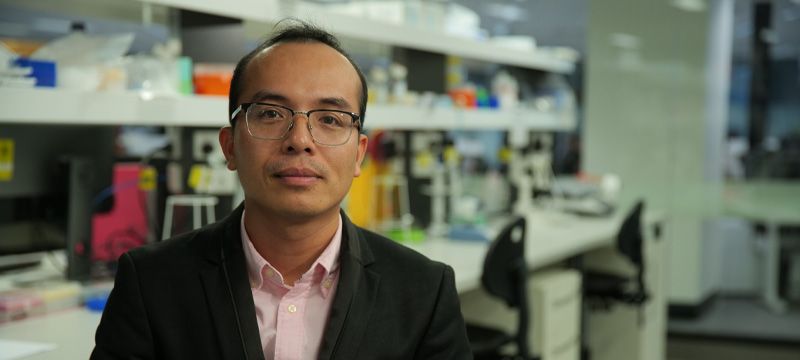
Dr Thanh Nho Do
What role has Heart Foundation funding and donor support had in your career and how does it impact overall heart health in Australia?
The support I receive from the Heart Foundation is vital to my career in bio-robotics, which combines robotics and biomedical engineering. The funding from the Heart Foundation is the first step to help me advance my research career. I aim to create new devices that improve treatment for people living with heart failure. The generous support of Heart Foundation donors is essential to making my vision a reality. I want to use robotics, surgery, and wearable devices to improve the lives of Australians with heart failure.
How has your research progressed since receiving the Vanguard Grant?
My team has made great progress with our soft robotic cardiac compression device for heart failure treatment. This new device, using soft artificial muscle filaments similar to human biological muscles, can potentially improve the pumping function of a failing heart. To further enhance its performance, we’ve developed an artificial soft pericardium. This means our soft robotic device can compress the heart consistently and provides internal realtime pressure sensing, eliminating the need for external sensors. We’ve also successfully developed a soft robotic left ventricle simulator that accurately reproduces the complex motions of the human heart. This means cardiac device testing, cardiovascular disease studies, and surgical procedure training has the potential to rely less on animal testing, and significantly save time, money, and lives. This research could also improve heart failure care for people living in remote parts of Australia.
Can you explain this in a little more detail?
People waiting for a heart transplant often need to stay in hospital, attached to a special life-support machine called extracorporeal membrane oxygenation (ECMO) to help their heart and lungs work. Unfortunately, this machine is not suitable for everyone. Another option is a ventricular assist device, which is like an artificial heart pump inserted into the heart. The device, while life-saving, can also increase the risk of blood clots and infections. In my research, I am working on a better solution for heart failure. Our robotic device, made with advanced and lighter materials, is more comfortable and convenient than a ventricular assist device. This innovation has the potential to improve the quality of life for people living with heart failure. Our device could make heart failure treatment more accessible, especially for people living in remote areas of Australia with limited access to healthcare.
Do you have a final message for Heart Foundation supporters?
Support from the Heart Foundation is important to advance research for the diagnosis and treatment of cardiovascular diseases, especially heart failure. It not only enhances the quality of life for people with heart conditions but also positions Australia as a global leader in heart technologies. I want to share a heartfelt thank you to our donors and supporters whose generosity enables Australian researchers to pursue our mission and vision in cardiovascular research. Your support is instrumental in driving progress and making a positive impact on heart health.

